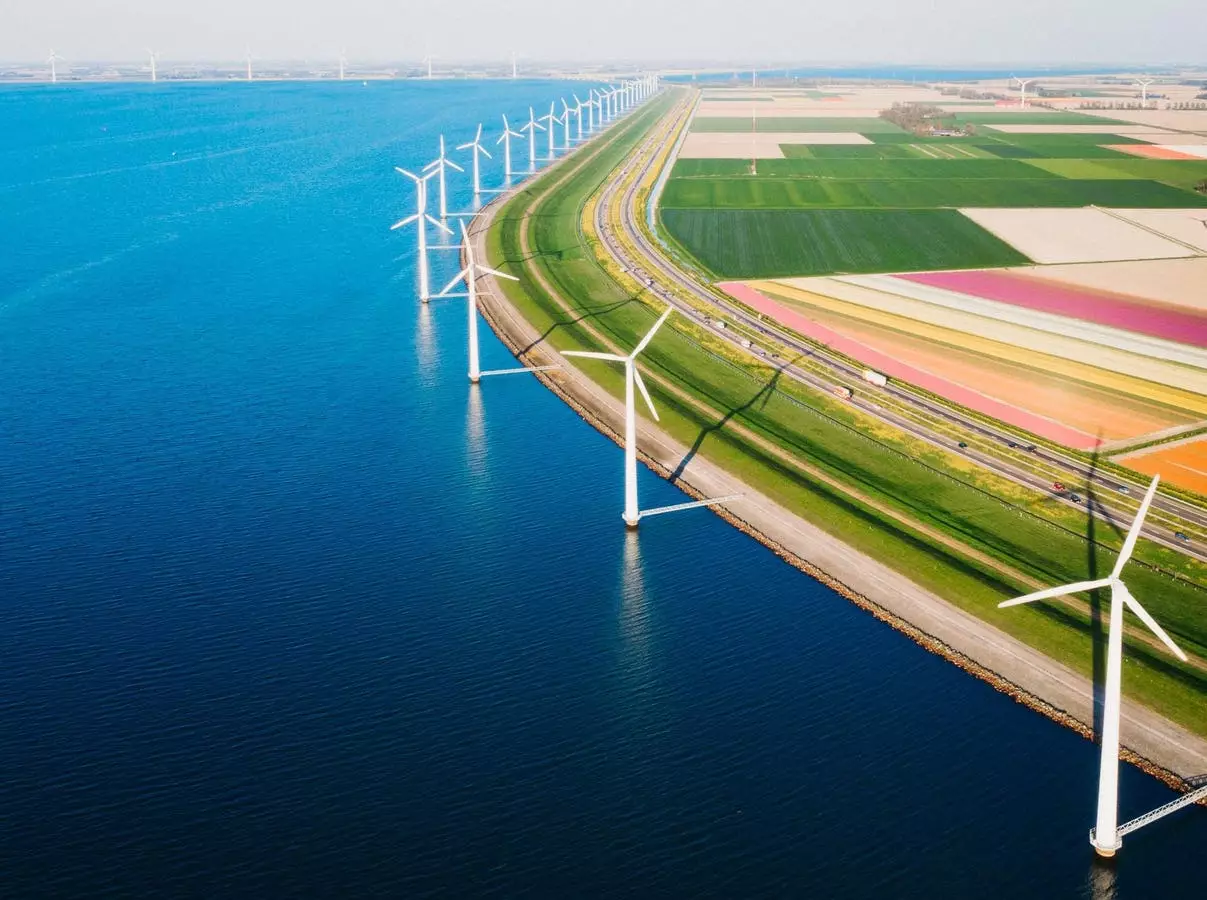The world is finally making progress in curbing climate-warming emissions by increasing the percentage of electricity generated from renewable sources. As of 2024, a record 30% of worldwide electricity production came from solar, wind, and other renewables. This signifies a significant step towards reducing our dependency on fossil fuels, despite the fact that carbon dioxide and methane emissions are still at alarmingly high levels. The growth of renewables has been steady over the past two decades, with solar and wind accounting for 13.4% of electricity generation last year, a remarkable increase from just 0.2% in 2000. China has been a driving force behind this growth, making significant gains in renewable energy production, according to estimates from energy think tank Ember.
While the rise of renewable energy is a positive development, challenges still remain. Dry weather conditions last year led to a decrease in energy generated from hydropower, resulting in higher usage of coal in some regions to compensate for the shortfall. However, the addition of nuclear power to the energy mix meant that nearly 40% of global energy production came from non-carbon fuel sources. It is essential to address the inconsistencies in renewable energy production and tackle the hurdles that hinder a smooth transition away from fossil fuels.
The Role of Sustainable Agriculture in Climate Action
In addition to the advancements in renewable energy, sustainable agriculture practices play a crucial role in combating climate change. The U.S. Department of Agriculture (USDA) has introduced the Climate-Smart Commodities program, with a focus on promoting environmentally friendly farming techniques. This initiative aims to create a new category of commodities that are produced using sustainable agricultural practices and are rewarded with a premium in the market. By incentivizing farmers to adopt climate-smart practices, the program encourages the use of methods such as no-till farming, cover crops, rotational grazing, efficient irrigation systems, and renewable energy.
The Climate-Smart Commodities program encompasses 102 commodities across 50 states, with over 200 sustainable farming practices identified. These practices include a wide range of methods to improve the sustainability of farming operations, from agroforestry to efficient manure management systems. By implementing these practices, farmers not only reduce their environmental impact but also create new opportunities for cost savings and the development of innovative agricultural products. The program highlights the importance of diversifying farming practices and adapting to more sustainable methods to ensure a resilient and resource-efficient agricultural sector.
Future Prospects for Renewable Energy and Agriculture
As global energy demand continues to rise, there is a growing need for sustainable solutions in both the energy and agriculture sectors. The transition towards renewable energy sources, coupled with the adoption of climate-smart farming practices, is essential to mitigating the impacts of climate change. By encouraging innovation and investment in clean energy and sustainable agriculture, we can pave the way for a greener and more resilient future. It is crucial for policymakers, businesses, and individuals to prioritize sustainability and work together towards a shared goal of creating a more sustainable and environmentally conscious world.

